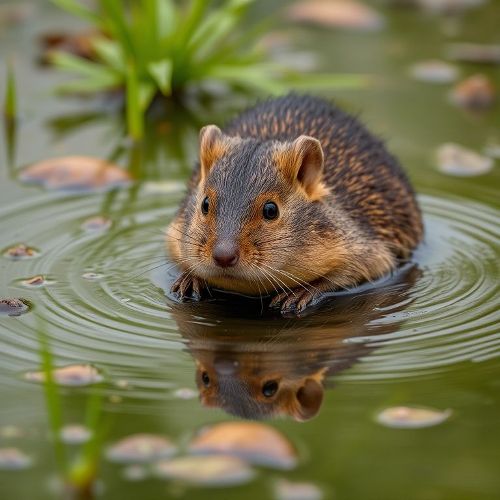Water Voles Return To the River Wey
Water voles return to the River Wey after 20 year absence
Britain's fastest declining mammal, the water vole, has returned to the River Wey catchment in Surrey, Sussex and Hampshire, having previously been declared locally extinct.
The main reasons for the demise of the water vole around the UK are loss of habitation, pollution, and the non native American mink that eat the water voles.
In August 150 water voles were released at six carefully chosen sites on the upper reaches of the Wey.
It is part of a programme of reintroductions which aims to create a population of water voles. The hope is that they can go on to repopulate around 1000 square km of the River Wey from the South Downs to the Thames.
The work has been funded by the National Trust, the Environment Agency’s Water Environment Improvement Fund and the Black Down and Hindhead Supporters of the National Trust.
Water voles play an important role in the biodiversity of riverside ecosystems. They are a source of food for struggling predators like barn owls and otters. Where they graze on grasses and rushes, they help reshape habitats and create space for rare plants to grow.
During the 20th century, the population of the water vole in England declined by 93% and has been in further rapid decline since 2000.
The National Trust rangers’ passion and enthusiasm for getting people involved in restoring nature is remarkable.
With rivers under such pressure, to be able to do something to help the water voles get back to being part of a naturally functioning eco system is very important.

